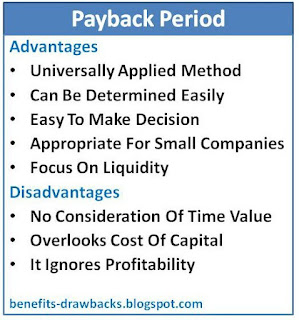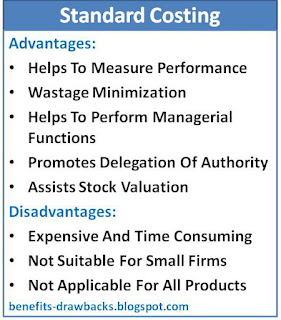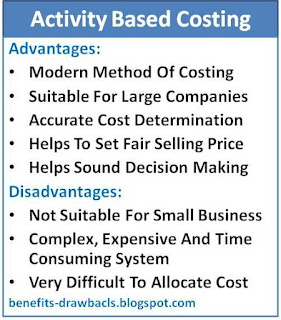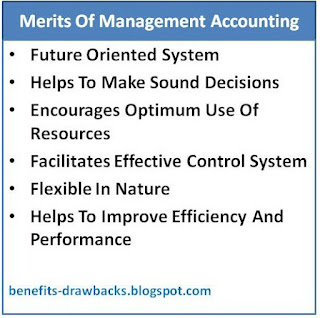Advantages Of Net Present Value (NPV)
Main benefits or advantages of NPV method of selecting most profitable capital project can be expressed as follows:
1. Time Value Of Money
One of the major benefits of using NPV method is that it considers time value of money. Future estimated cashflows are converted into present value because it assumes that money received in future is worth less than money received today.
2. Easy Decision Making
It is very easy to select the favorable project in net present value method. The capital project with positive NPV or higher NPV is selected and others are rejected.
3. Comparison
NPV compares different projects on the basis of cashflows. It selects the project with the higher NPV. So, it helps to maximize the value of the business.
4. Emphasis On Profitability
NPV method selects most profitable project. So, it focuses on the profitability of the firm which is in the favor of shareholders and owners.
5. Scientific Method
NPV method is scientific and most reliable technique of evaluating investment proposals.
Disadvantages Of Net Present Value (NPV)
Major drawbacks of limitations of NPV can be studied as follows:
1. Complicated Method
NPV method requires complex calculation. So, it is difficult to calculate and understand than traditional methods of evaluating capital projects.
Also Read:
2. Unsuitable
NPV method is not suitable for the comparison of projects with different sizes and different life.
3. Relies On Discount Rate
NPV is calculated with the help of discount rate. It is not easy to determine appropriate discount rate.
4. Forecasting Problem
NPV is calculated on the basis of cashflows. It is difficult to forecast future cashflows of assets having longer life.










































